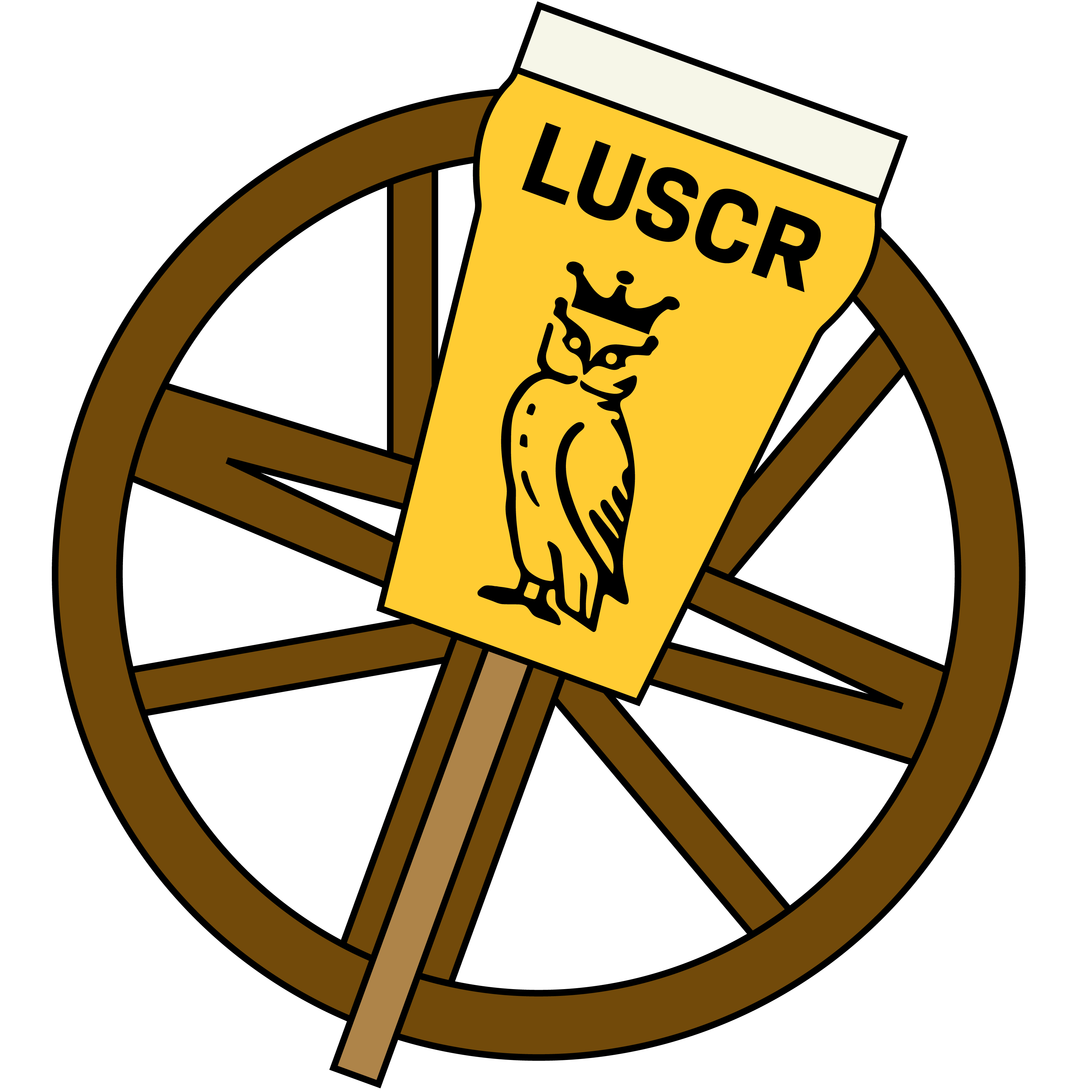University ringing in its modern form was founded in the ancient universities of Oxford and Cambridge in 1872 and 1879 respectively. Before this, the band of ‘youths’ (which in those days were actually young people!) were the main organised form of university ringing. Fast forward to the darkest days of the Second World War: Britain faced the prospect of the Nazis, already in control of continental Europe, launching an invasion of the UK. Church bells across the nation were silent, reserved only for sounding the alarm to warn of invasion. But even in those dark times, representatives from Oxford and Cambridge came together to create a Universities Association to organise ringing tours and student peals, as well as encourage the creation of ringing societies in the newer universities. Perhaps we owe Oxbridge (begrudging :P) thanks for providing the support for the creation of our society in the post-war years; indeed, university ringing as a whole has produced, and continues to produce, some of the leading lights in ringing.
In 1958, it was thought worthy for Leeds to join the growing ranks of university ringing societies, with the formation of the ‘Leeds University Union Campanological Society’, President R. Brown. The society was renamed in the late 1960s to the ‘Leeds University Union Society of Change Ringers‘, known as LUSCR.

Aside from the Oxford and Cambridge societies, it was not usual for university societies to be represented on the Central Council of Church Bell Ringers (CCCBR); the national Universities Association was, however, affiliated from 1945. The 1960s saw a loosening of this with more university societies joining; in 1972 Leeds University alongside Durham University was blocked by the territorial associations from joining the Central Council, although both were accepted in the following year with Leeds’ first representative being Alan M. Glover.
LUSCR has been based at a number of towers over the years. It was originally headquartered in St Matthias, Burley. It seems that by 1968, the society had moved to Leeds St Mary the Virgin, Hunslet (of which only the tower remains; the bells have been relocated to another St Mary the Virgin in Combs, Suffolk). In 1972 , the society moved back to Burley where it has remained ever since. The University Union was more flush in those days, and paid for new ropes each year. Hunslet was always rough (both the bells and the area) and was a fair distance from where students tend to live in Leeds. Burley was a lot closer and the bells very user-friendly. However, a tower opposite the university in what is now the Emmanuel Chaplaincy Centre of the University of Leeds would have been more convenient still! Leeds Minster (then Leeds Parish Church) had been a favourite for those aspiring to higher things in the late 60s and early 70s. Regular ringing as a society in the Minster ceased by Easter 1972 as a result of ringing politics.
In recent years, LUSCR has hosted the Northern Universities Association annual gathering in 1990, 1996, 2008 and 2015. Of particular note is the society’s success in the ‘Boat Race’ drinking competition in the 2010s and 2020s, winning ten times in twelve years.
We would welcome further additions to the history of the society from any period, as well as the receipt of any historical materials. Feel free to get in touch using our contact form!
